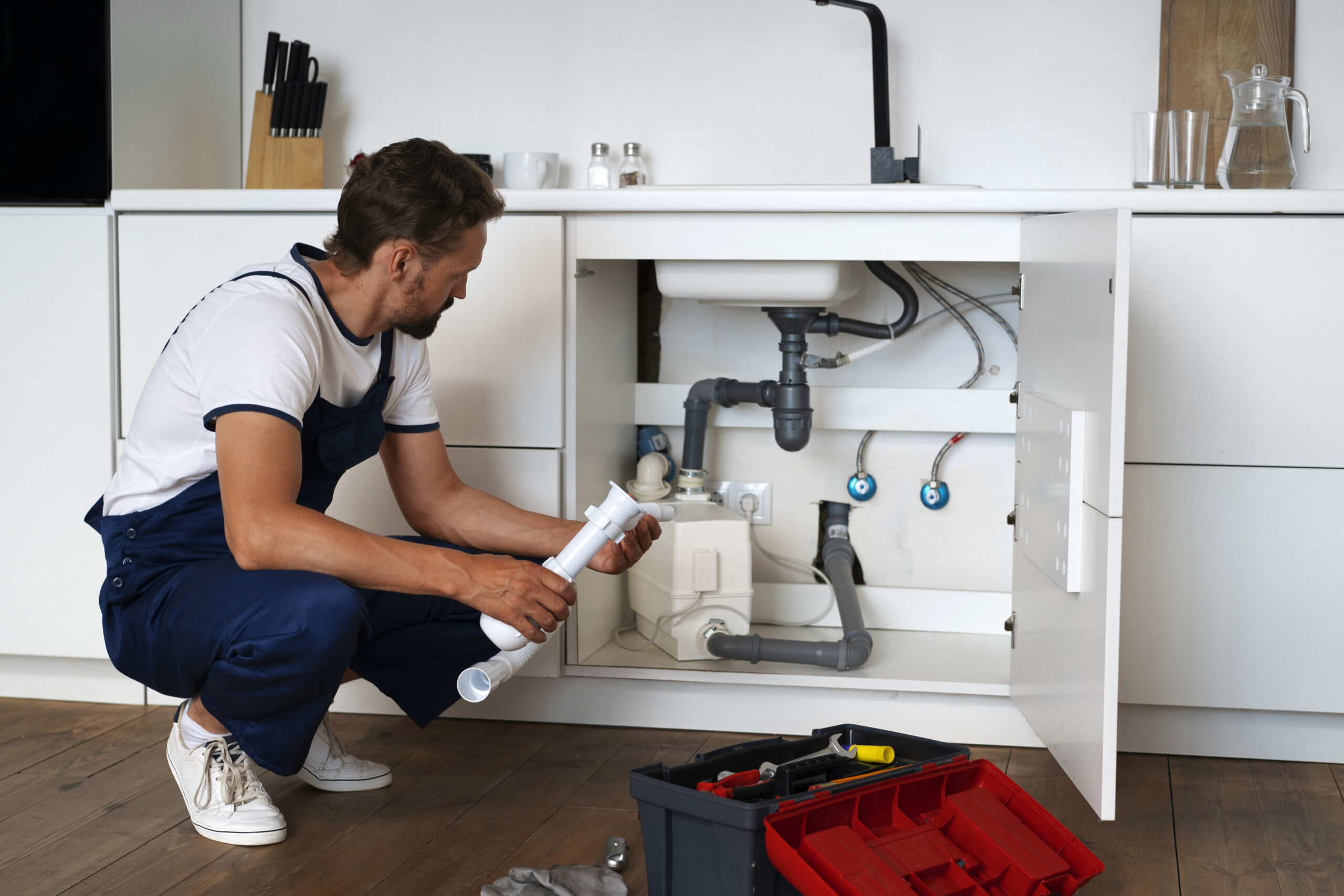Every drop of water flowing through your home is part of a complex and essential system. Whether it’s the clean water supplied to your faucet or the efficient removal of waste, each component plays a pivotal role in creating the comfortable and functional living spaces we often take for granted.
Understanding the Basics of House Plumbing
House plumbing is fundamentally divided into two critical subsystems: the water supply system and the drainage system. The water supply system is responsible for bringing fresh water into the home, while the drainage system manages the removal of wastewater. Both systems are essential for the daily functioning of any household, allowing for activities such as drinking, bathing, and waste disposal.
Pipes play a central role in the distribution of water throughout a home, forming a complex network hidden behind walls and under floors. These pipes are typically made of materials such as copper, PVC plastic, or PEX tubing and contain fittings that connect different sections to create a continuous path for water flow. Water pressure is crucial in this process, as it propels water through the pipes; it is regulated by valves and can be adjusted to meet the specific needs of the household. Understanding these components is the first step to grasping how the plumbing in a house operates.
The Journey of Water: From Source to Tap
Water’s journey to the taps of a house is a marvel of modern plumbing, beginning with its source. For many homes, the primary source of water is a municipal supply, where the water has undergone extensive treatment to ensure safety and cleanliness. Alternatively, homes not connected to a city supply may rely on well water drawn from underground aquifers, which typically requires on-site treatment to meet health standards.
Once sourced, water must be effectively treated to be deemed potable. Treatment processes remove contaminants, balance pH levels, and often include disinfection to eliminate harmful pathogens. This rigorous treatment is crucial for protecting public health. At the household level, water pressure is pivotal for water delivery, and it is regulated through a series of valves and pumps to ensure a steady and reliable flow whenever taps are turned on. Shut-off valves also play a critical role, providing homeowners with the control to stop the water supply — an essential feature for addressing leaks or during plumbing repairs.
The Drainage System: Out of Sight, Not Out of Mind
The drainage system in a home is ingeniously designed to rely on gravity to move wastewater from the house to the sewage system or septic tank. This network of drainpipes, often hidden behind walls and beneath floors, is meticulously sloped to ensure that water flows smoothly away from the home. The effectiveness of this system is important for sanitation, as it prevents wastewater from stagnating within living spaces.
Traps and vents are integral components of a well-functioning drainage system. Every fixture has a trap, a curved section of pipe, that holds water and prevents sewer gasses from entering the home. Vents, on the other hand, extend to the roof of the house, providing the airflow necessary to keep water moving through the pipes and allowing sewer gasses to escape. These elements work together to create a balanced system that facilitates the efficient and hygienic removal of waste, connecting to larger municipal sewer lines or on-site septic systems for final waste treatment and disposal.
Plumbing Fixtures: The Points of Water Access
Plumbing fixtures are the visible entry points for water within a home. These include sinks, toilets, bathtubs, and showers – all of them essential for daily activities such as washing, bathing, and waste disposal. Each fixture is designed to serve a specific purpose and is equipped with faucets or valves to control the flow of water.
Fixtures are uniquely connected to both the water supply and drainage systems, ensuring that clean water can be delivered and wastewater can be efficiently removed. Sinks, for example, combine the functionality of a spout for clean water delivery and a drain to carry away used water. In terms of materials, porcelain, stainless steel, and various plastics are commonly used for their durability and ease of cleaning. These materials are chosen to withstand frequent use and exposure to water, contributing to the longevity of the plumbing fixtures.
Tap 2 Drain’s Professional Plumbing Services
Whether it’s a routine check-up or an unexpected problem, Tap 2 Drain is here to provide you with top-notch service and peace of mind. Our team of certified plumbers in Abbotsford is ready to tackle everything from simple repairs to complex installations, ensuring your home’s plumbing system operates smoothly.

